-
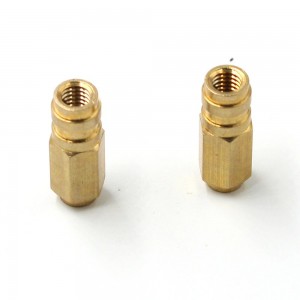
Custom Brass Machinery CNC Turning Milling Parts
Custom Brass Machinery CNC Turning Milling Parts: Precision and Versatility for Your Manufacturing Needs
At our company, we are committed to delivering superior quality and precision in every custom brass machinery part we manufacture. Our state-of-the-art CNC turning and milling machines, operated by highly skilled technicians, ensure tight tolerances, intricate details, and consistent results. With advanced computer-aided design (CAD) software, we can transform your designs into reality with utmost accuracy.
-
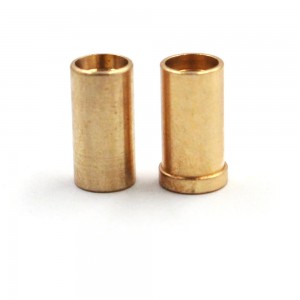
OEM stainless steel CNC turning machine brass parts
Yuhuang is a customized metal parts manufacturer with the mission of manufacturing better products, faster and more fastener production, and precision metal parts, providing customers with one-stop services. We can use our professional technology to provide customers with perfect product design and develop efficient and high-quality production plans. We have a large number of customized processing partners and have passed SGS on-site inspection, IS09001:2015 certification, and IATF16949. Welcome to contact us for free samples, design analysis solutions, and quotes
-
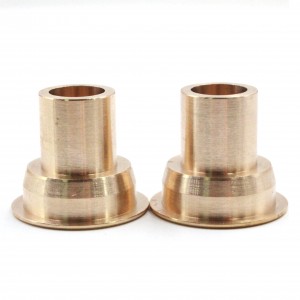
Bronze Brass Bushing Machining Parts Oem Brass Flange Bushing
Bushing is a mechanical component used to reduce friction and vibration, usually made of metal or plastic, with a cylindrical shape. It is designed to provide support and cushioning between two interconnected components.
-
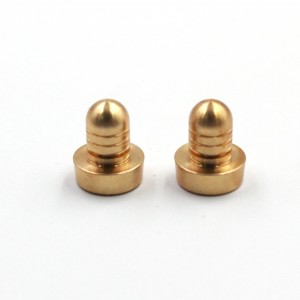
high quality reasonable price cnc brass parts
Lathe parts can be customized in a variety of materials, sizes and shapes for customer-specific requirements. Whether it’s low-volume customization or large-scale production, we can ensure product precision and quality. Our customized services cover all aspects of management, from material selection to processing processes, to ensure that the final product meets the customer’s expectations.
-
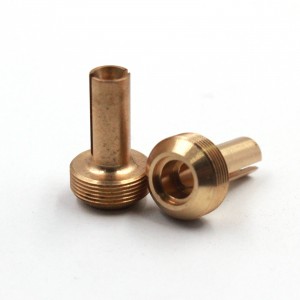
brass cnc turned components manufacturers
We focus on the production of customized CNC parts, providing customers with high-quality, high-precision products. Whether you need screws, nuts, spacers, lathes, stamping parts, we have you covered.
-

Brass lathe part copper cnc turned parts brass pin
Introducing our high-quality Brass Lathe Part and Brass Pin, designed to meet your specific requirements with precision and versatility.

Whether you’re putting together mechanical equipment, fine-tuning transmission systems, or keeping precision machinery in shape, brass CNC parts are total essentials. With parts like brass bushings and brass gears installed, you can keep moving components running smoothly, cut down on wear and tear, and knock out complex mechanical jobs efficiently—no annoying breakdowns or constant part swaps needed. Don’t miss out on their key value: they deliver reliable friction reduction, make steady power transfer possible, and fit perfectly into tight or complicated mechanical setups where standard parts usually come up short.
Common Types of Brass CNC Parts
Brass CNC parts are designed to meet real-world mechanical needs—some excel at reducing friction in moving components, others specialize in precise power transmission, and many balance durability with easy installation. These two types are the ones you’ll reach for most in daily operations:
Brass Bushing:Boasts a simple yet highly functional cylindrical design, usually with a smooth inner hole and a precision-machined outer diameter. What’s the best part? Its inherent brass properties—excellent wear resistance and natural self-lubricity—mean it works well even with minimal maintenance. You’ll spot it everywhere: when repairing the rotating shafts of household fans, maintaining industrial conveyor belt rollers, or assembling office chair hinges.
Brass CNC Part:Take a look at this component—crafted with CNC precision, it boasts a sleek, consistent shape that fits perfectly with matching parts. Its threaded sections lock in tightly without slipping, and every edge is smoothed to a fine finish, no rough spots in sight. You’ll find it popping up in all sorts of daily and industrial uses: it secures wiring connections in electrical control panels, maintains tight seals in small water pump assemblies, and even ensures precise alignment in vintage camera lens mechanisms—reliable wherever it’s needed.
Application Scenarios of Brass CNC Parts
Picking the right brass CNC part isn’t just about getting the job done—it also extends the life of your equipment and keeps operations safe. Here’s where you’ll use them most:
1.Automotive Assembly
Go-to parts: Brass Bushings, Brass Valve Cores, Brass Connecting Rod Ends
What you’ll use them for: Assembling car door hinges? A brass bushing fits perfectly, preventing potential hinge sag in the future and ensuring doors open/close smoothly right off the production line. Assembling the fuel system? Brass valve cores integrated into fuel injectors ensure precise fuel delivery from the start, optimizing engine efficiency and reducing emissions for newly produced vehicles. For suspension system assembly, brass connecting rod ends are installed to enable stable rotation, absorb road vibrations, and maintain steady handling—even on rough terrain—for every new car rolling off the assembly line.
2.Household Appliance Manufacturing
Go-to parts: Brass Throttle Valves, Brass Lock Nuts, Brass Bearing Sleeves
Industrial applications: For large-scale gas stove manufacturing lines, brass throttle valves are installed during assembly to deliver consistent, precise gas flow control across batches—critical for standardizing flame stability and meeting safety certifications in mass-produced units. In dishwasher assembly plants, brass lock nuts are used to fasten spray arm mechanisms during production, providing reliable, vibration-resistant performance that can withstand high-pressure water cycles and ensure long-term structural integrity for bulk-produced appliances.
3. Industrial Machinery Assembly
Go-to parts: Brass Shaft Sleeves, Brass Hydraulic Fittings, Brass Slide Bushings
Factory uses: Assembling automated assembly-line machinery? Brass shaft sleeves are the wear-resistant buffers we fit between rotating shafts and fixed housings in conveyor drives—they cut down on metal-on-metal friction right from the start, so the core transmission parts hold up longer once the line runs. That’s a must for high-volume production setups, ‘cause it keeps the line from breaking down unexpectedly later.When putting together hydraulic systems for stamping presses (the ones that form metal parts), brass hydraulic fittings are what we use to lock in tight, leak-proof connections between pressure hoses and cylinders.
How to Customize Exclusive Brass CNC Parts
At Yuhuang, getting custom brass CNC parts made is a breeze—no second-guessing, just components that fit your needs like a glove. All you’ve got to do is share a few key details with us:
1.Material Grade: What’s the part for? HPb59-1 brass is a star for heavy-load uses (think industrial machinery) because it’s tough and strong. H62 brass stands up to corrosion, making it perfect for outdoor or damp spots (like marine gear). H68 brass is super easy to machine—ideal if you need parts with tricky, complex shapes (such as custom gears).
2.Type: What kind of part are you after? We can customize brass bushings with extras like oil grooves (for more lubrication) or flanges (to make installation simpler). For brass gears, we offer custom tooth counts (from 10 all the way to 200+), module sizes (0.5mm to 5mm), and styles (spur, bevel, or worm gears). We even craft combined parts—like a brass bushing with a tiny integrated gear—to help you save space in your design.
3. Dimensions:Got a specific size in mind? If you need brass bushings, just tell us the inner hole diameter (like 6mm), outer diameter (say 10mm), and length (for example 15mm)—all these have to match the specs of your shaft and housing. For brass gears, let us know the module (such as 1.2mm), number of teeth (like 25), and hub diameter (maybe 8mm) so it fits with your other parts. And if your job needs super high precision, we can get tolerances as tight as ±0.005mm.
4. Surface Treatment:How do you want the part to look or work? Chrome plating adds extra rust protection and a smooth finish—great for indoor machinery. Black oxide treatment makes it grippier and more durable, which is perfect for parts that get rough use. We can also put rubber coatings on gear hubs (to make them easier to handle) or do clear passivation (to keep the brass shiny and stop it from tarnishing)—this is ideal for decorative parts or ones that stay out in the open.
5.Special Needs:Anything extra? Want a brass bushing with a threaded outer surface for quick installation? Need your company logo engraved on brass gears for branding? Or require parts that can withstand high temperatures (up to 200°C for engine components)? Just say the word.
Share these details, and we’ll first check if it’s doable. If you need advice (like choosing the right material), we’ll help—then send you parts that fit like a glove.
FAQ
Q: How do I pick the right brass CNC part for my project?
A: Go for brass bushings when you need to cut down on friction between moving parts—think shafts and housings—or support loads. Brass gears are your choice if you’ve got to transfer power or motion, like connecting a motor to a machine component. And make sure the part’s size lines up with your equipment specs—no guessing here!
Q: What if a brass CNC part slips or doesn’t fit right?
A: Stop using it right away! A poor fit can wreck your equipment. First off, check if the dimensions match what you need—for example, the bushing’s inner hole versus the shaft size. If the part’s too small or too big, reach out to us for a custom replacement. If it’s worn out, just replace it—brass parts last a long time, but they aren’t unbreakable.
Q: Do I need to maintain brass CNC parts regularly?
A: Absolutely! After using them, wipe off any dirt, oil, or moisture with a clean cloth. For parts in damp areas, add a thin coat of anti-rust oil to keep them from tarnishing. Don’t leave them in super hot spots or around chemicals—with basic care, they’ll hold up for years.
Q: Can I use brass gears for heavy industrial machinery?
A: It all comes down to the load! Brass gears work really well for light to medium-load machinery, like conveyor belts or small gearboxes. For heavy-load equipment—say large manufacturing presses—go for high-strength brass grades, like HPb59-1, or talk to us about a reinforced custom design. We can adjust the thickness or tooth strength to fit your needs.
Q: Is a flanged brass bushing better than a regular one?
A: It depends on how you’re installing it! Flanged bushings have a built-in “lip” that stops them from sliding into the equipment. They’re perfect for tight spots where you can’t secure the bushing any other way. Regular bushings are simpler—they work fine if you have a housing to hold them in place. Just pick the one that fits your installation setup.

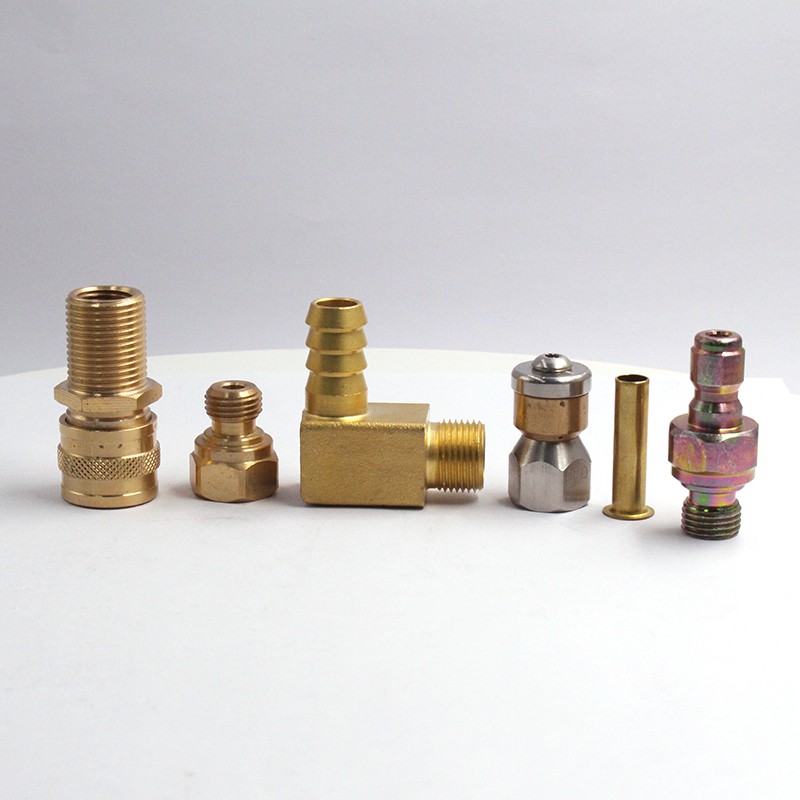
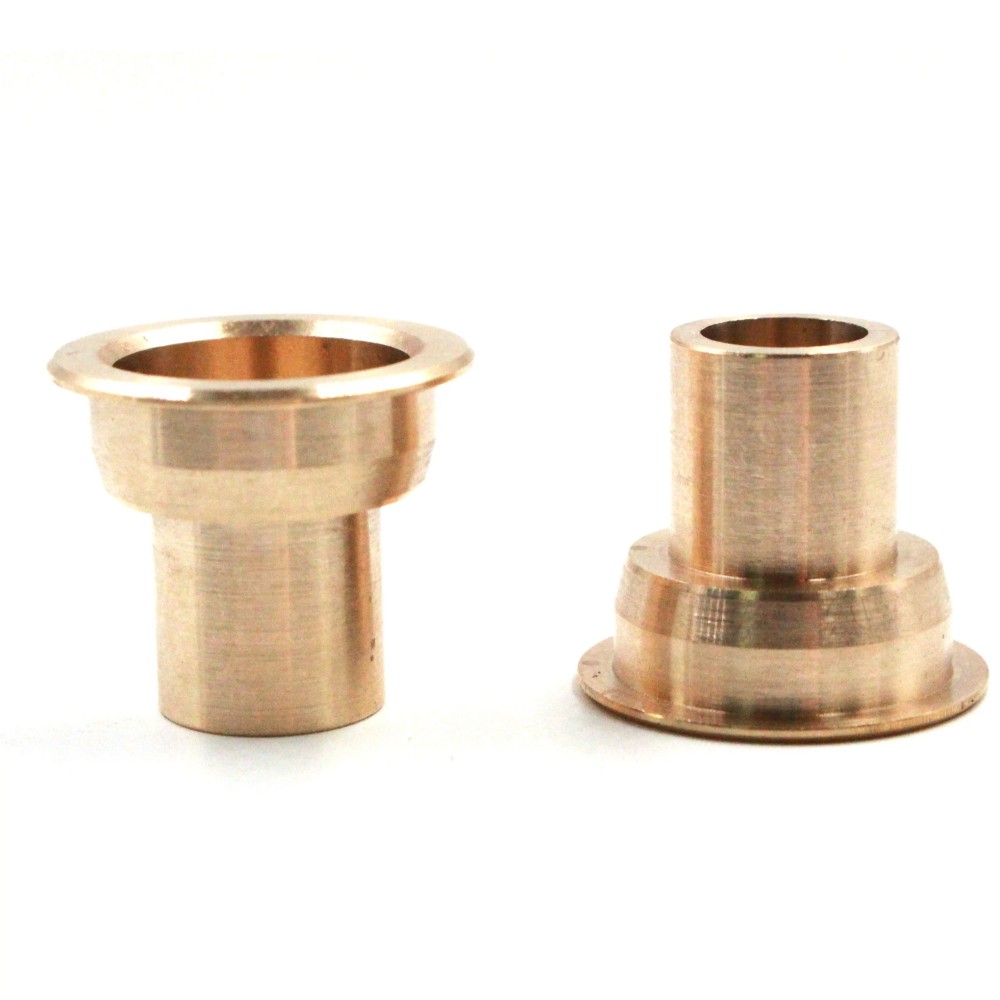
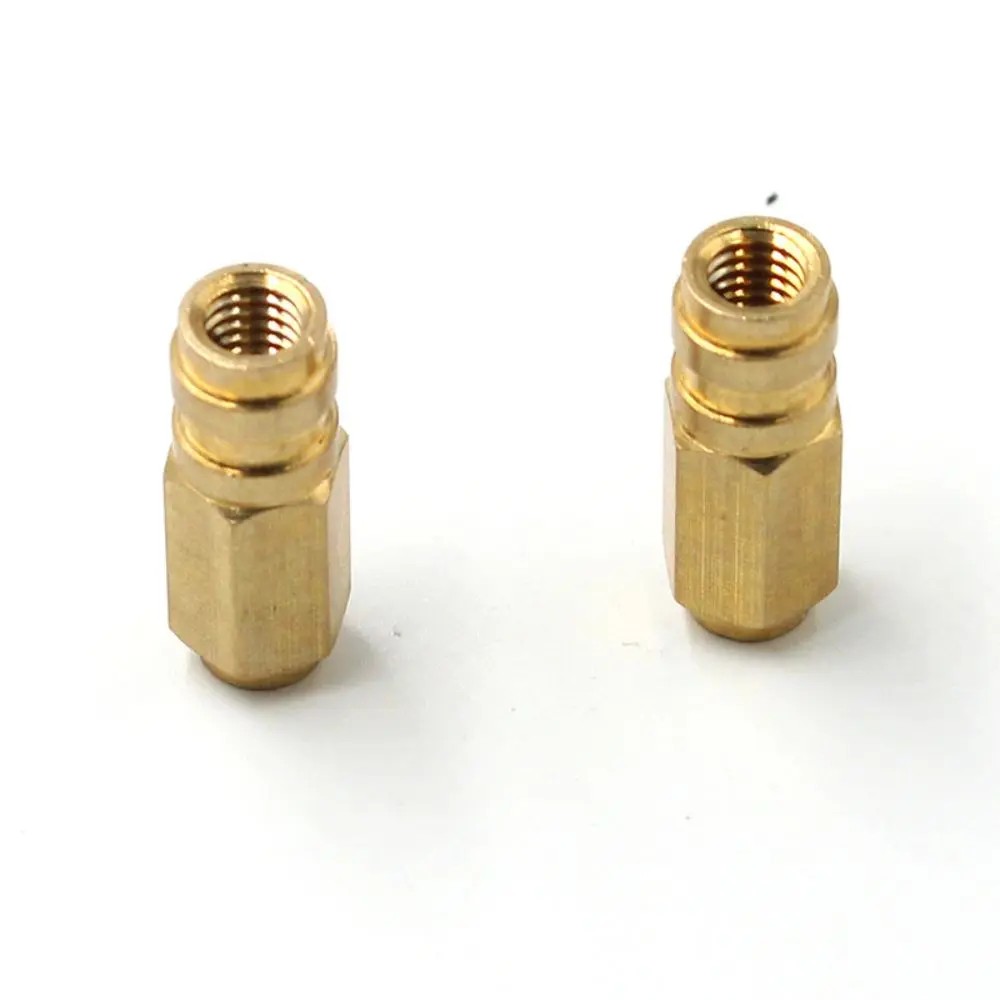
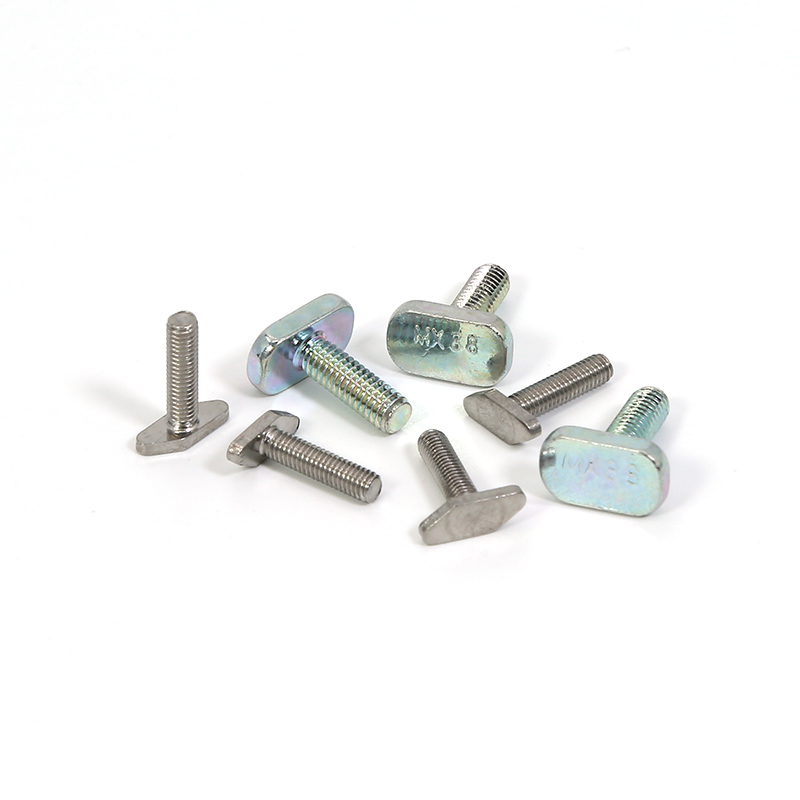 Bolts
Bolts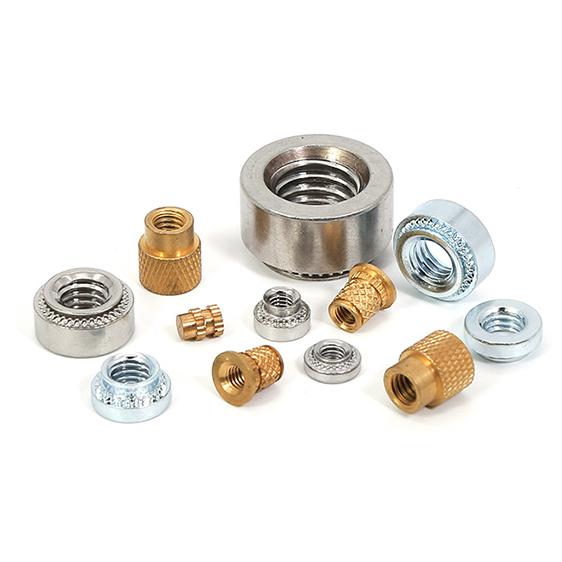 Nuts
Nuts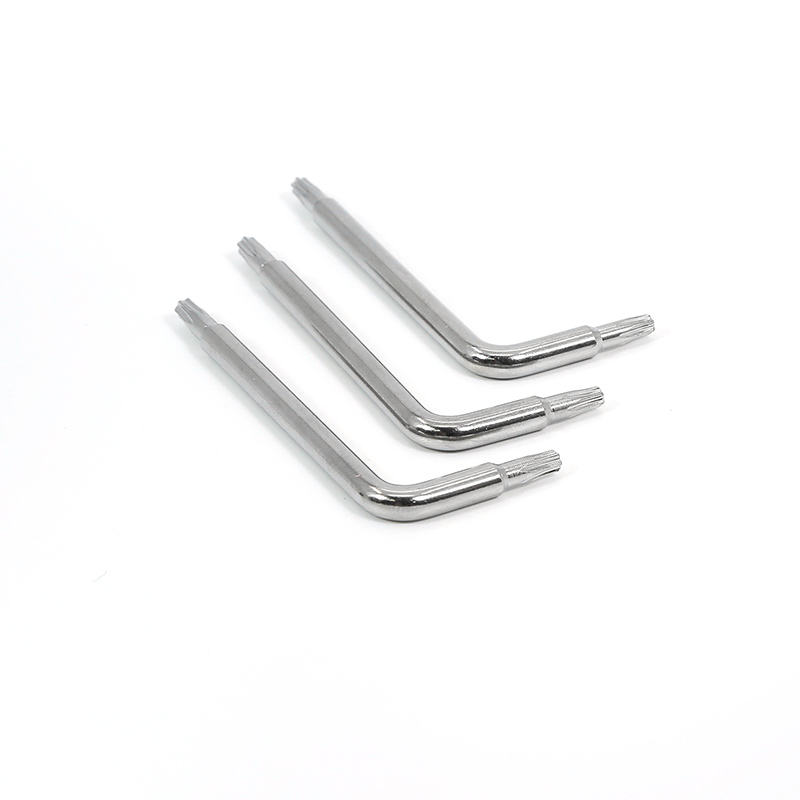 Wrenches
Wrenches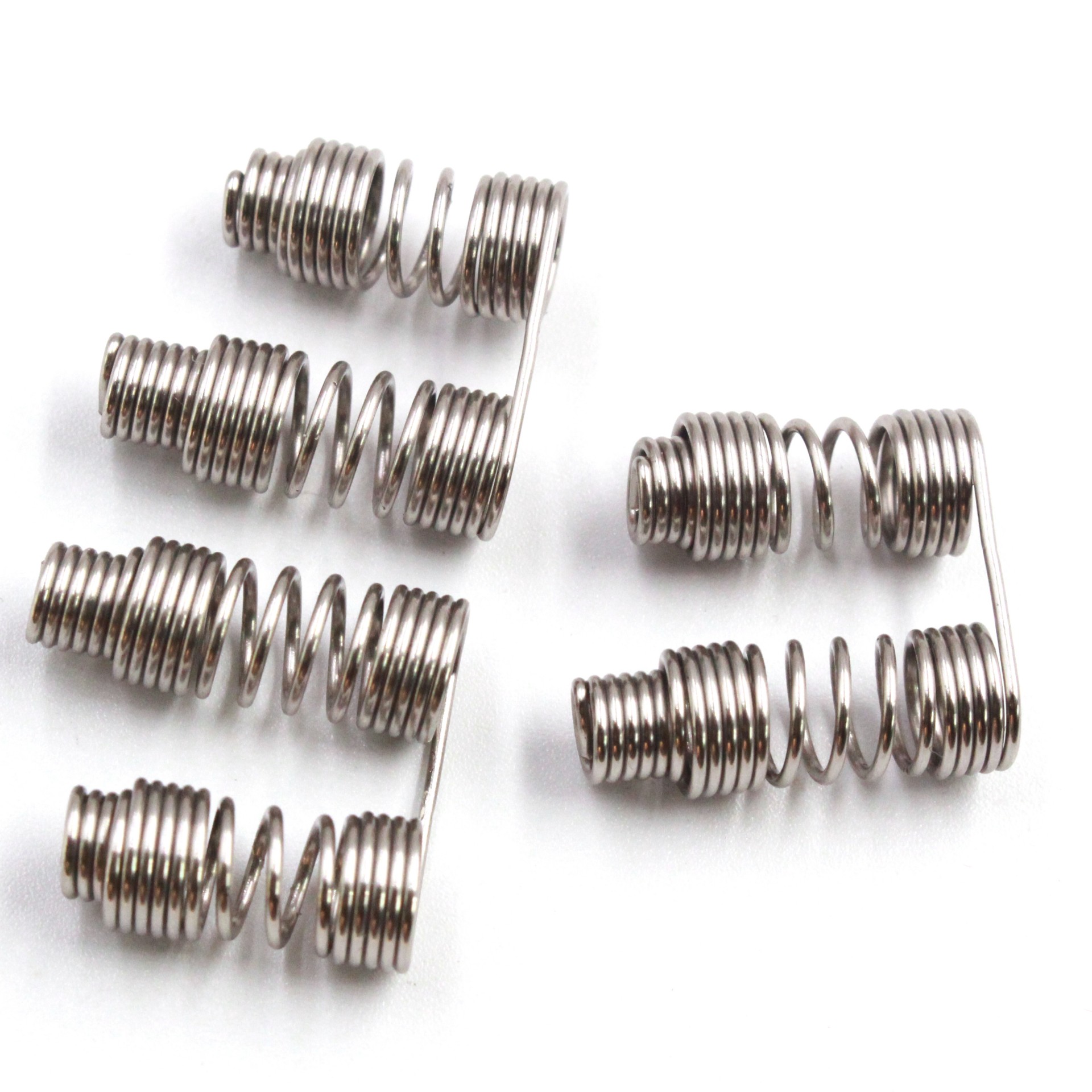 Spring
Spring





